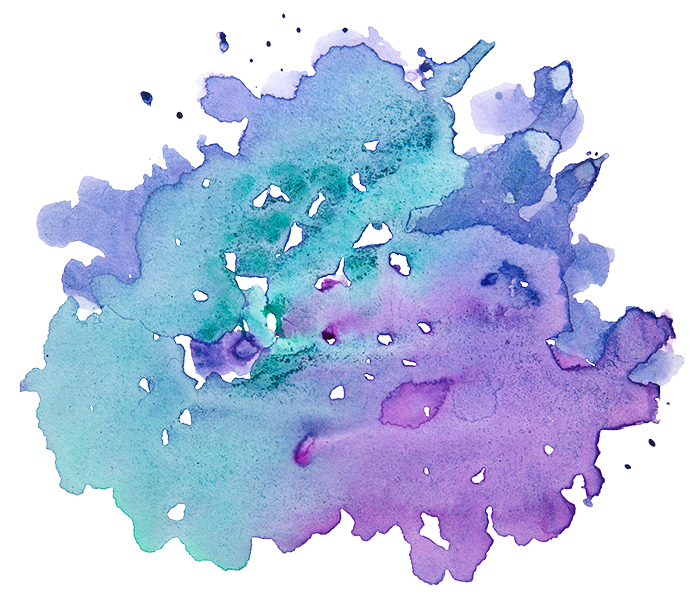by Anita Diamant
I’m not sure where my passion for quilts came from, but it probably had something to do with the fact that it was a uniquely American art form created by women who did not consider themselves “artists.” They would have told you that they were just using scraps and bits that mi ght otherwise be wasted to keep their families warm. And yet, many traditional quilts from the 18th and 19th century demonstrate exquisite craft, imaginative composition, and in some cases, abstraction and color combinations that — to modern eyes — look like contemporary art. The diversity alone is breathtaking.
ght otherwise be wasted to keep their families warm. And yet, many traditional quilts from the 18th and 19th century demonstrate exquisite craft, imaginative composition, and in some cases, abstraction and color combinations that — to modern eyes — look like contemporary art. The diversity alone is breathtaking.
For my Master’s thesis in American Studies, I compared 19th century quilts with popular poetry written by women of the same era. Flowers were featured heavily in both media, but where their poetic treatment was stylized, formulaic, and forgettable — indeed, “flowery,” the flora stitched on fabric was vivid, creative and memorable.
But you don’t need to know any of that to be knocked out by the current exhibition in the Mayyim Hayyim gallery. Fabric/Transformed showcases the work of Carole Anne Grotrian and Rosemary Hoffenberg, local fabric artists who are internationally renowned, featured in publications, exhibitions and museums worldwide.
Carol Targum, a Mayyim Hayyim board member and herself a quilter, has curated a show that demonstrates the breadth of the field today, with beautiful works by two artists who could not be more different in their approach and process.

Grotrian’s quilts are representational and carefully planned. She begins by dying fabric to create a picture, using an ancient Japanese form of tie-dye, and then employs traditional American quilting to give texture and shape to the images. “My quilts are usually portraits of specific places and times and often create memories of the ‘breathing spaces’ I’ve experienced,” she says. It just so happens that nearly all of those “breathing spaces” feature seascapes and rivers, a lovely synergy for the walls of a mikveh.

Hoffenberg’s work is abstract. “Color, shape, and their overall impact are the driving forces in my quilts,” she says. Cutting shapes from vividly colored cloth, Hoffenberg studies the relationship of color, line and form and a quilt develops. I rarely have a preconceived notion at the start. It is an evolutionary process. The element of surprise is ever-present.”
The works in our gallery might seem far removed from the practical bedcovers that gave rise to an art form that is, like jazz, an American invention. And yet, Grotrian’s waterworks and Hoffenberg’s bright flights testify to the basic human urge to create beauty out of the materials at hand – whatever they might be. The dyed, pieced and stitched examples of fabric art at Mayyim Hayyim are connected to the genesis of the quilt, which provided the comfort of a blanket on a cold night, a hand-made experience of peace.
Not so different from what sometimes happens in the embrace of a body of water.
Anita Diamant was the founding president of Mayyim Hayyim. She is the author of six guidebooks to contemporary Jewish life, including The New Jewish Wedding and Choosing a Jewish Life. She has written five novels including The Red Tent and The Boston Girl.

